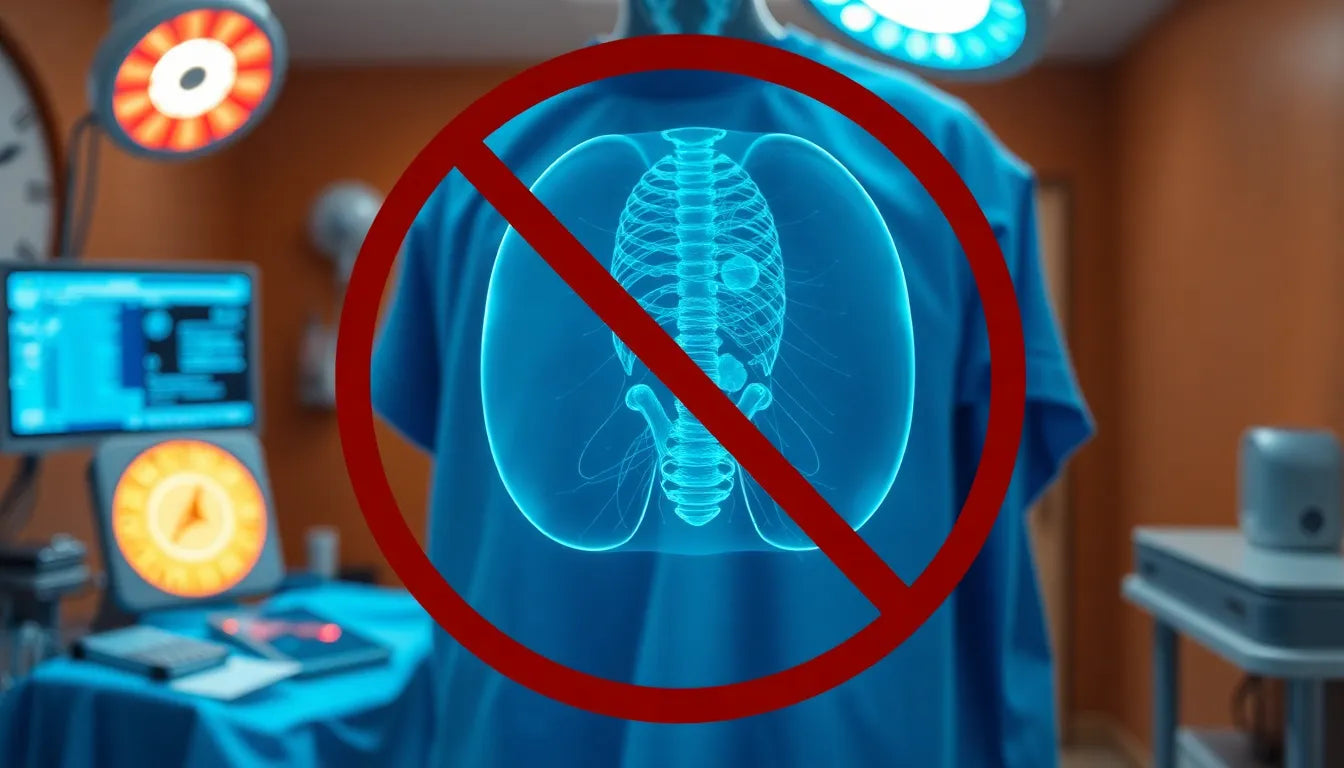Understanding sciatica is essential for anyone who has experienced that sharp, shooting pain radiating from the lower back down to the leg. Sciatica is a common condition that affects the sciatic nerve, the largest nerve in the body, which runs from the lower back, through the hips and buttocks, and down each leg. This nerve plays a crucial role in connecting the spinal cord with the skin and muscles of the leg and foot. When it becomes irritated or compressed, it can lead to significant discomfort and mobility issues.
Sciatica is more prevalent than many might think, impacting millions of people worldwide. It can interfere with daily activities, making sitting, standing, and even walking a challenge. Understanding sciatica, its symptoms, and its causes is the first step toward effective management and relief. This knowledge empowers individuals to take proactive measures to address the condition and improve their quality of life.
Recognizing the key symptoms of sciatica
The primary symptoms of sciatica include a distinct pain that radiates from the lower back through the buttock and down one leg, often reaching the foot. This pain can vary from a mild ache to a sharp, burning sensation and can be exacerbated by prolonged sitting or sudden movements. Some individuals may also experience numbness, tingling, or muscle weakness in the affected leg.
These symptoms can vary significantly in intensity and duration, affecting each person differently. For some, the pain may be infrequent and irritating, while for others, it can be severe and debilitating. Understanding these variations is crucial, as it can help in identifying the condition early and seeking appropriate treatment.
The importance of early recognition
Recognizing the early signs of sciatica is vital for effective management and prevention of chronic issues. Early diagnosis can lead to more successful treatment outcomes, reducing the risk of long-term nerve damage. It also allows individuals to implement lifestyle changes and therapeutic interventions that can alleviate pain and prevent future flare-ups.
This blog post will delve deeper into the symptoms, causes, and relief options for sciatica, providing a comprehensive guide to understanding and managing this condition. By gaining a clearer understanding of sciatica, individuals can take informed steps toward achieving relief and improving their overall well-being.
what is sciatica? understanding the condition
Sciatica refers to the pain that occurs when the sciatic nerve is compressed or irritated. This nerve is the largest in the human body, originating from the lower back, running through the buttocks, and extending down each leg. Its primary function is to connect the spinal cord to the muscles and skin of the thighs, legs, and feet, facilitating movement and sensation. When this nerve is affected, it can lead to a range of symptoms, primarily characterized by pain that radiates along its path.
The discomfort associated with sciatica is not a disorder in itself but rather a symptom of an underlying medical condition. This can include issues such as a herniated disc, spinal stenosis, or a degenerative disc disease. Understanding the anatomy of the sciatic nerve and how it can be impacted is crucial in identifying the root causes of the pain and addressing them effectively.
exploring the causes of sciatica
Several factors can lead to the development of sciatica, each affecting the sciatic nerve differently. Here are some of the most common causes:
- Spinal Disc Herniation: This occurs when a disc in the spine bulges out of its normal position and presses on the nerve roots that form the sciatic nerve. This compression can lead to the characteristic pain and discomfort associated with sciatica.
- Spondylolisthesis: This condition involves a vertebra slipping forward over the one below it, potentially compressing the nerve roots. This misalignment can exert pressure on the sciatic nerve, leading to pain and mobility issues.
- Piriformis Syndrome: The piriformis muscle, located in the buttock region, can spasm and compress the sciatic nerve. This condition can mimic sciatica, causing similar symptoms.
| Cause | Description |
|---|---|
| Spinal Disc Herniation | Occurs when a spinal disc bulges out, pressing on the sciatic nerve. |
| Spondylolisthesis | Vertebra slips forward, compressing the nerve roots. |
| Piriformis Syndrome | Spasm of the piriformis muscle compresses the sciatic nerve. |
diagnosis and treatment options for sciatica
Diagnosing sciatica involves a combination of physical examinations and imaging tests to pinpoint the exact cause of nerve compression. Common diagnostic methods include:
- Physical Exams: These involve assessing muscle strength, reflexes, and pain response to identify nerve issues.
- MRI and CT Scans: Imaging tests provide detailed views of the spine, helping to identify herniated discs or other abnormalities.
Once diagnosed, treatment options for sciatica can vary based on the severity and underlying cause. They include:
- Conservative Treatments: These are often the first line of defense and may include physical therapy to strengthen the muscles supporting the spine, medications to reduce inflammation and pain, and lifestyle changes such as weight management and ergonomic adjustments.
- Surgical Options: In severe cases, surgery may be considered to relieve nerve pressure. Procedures such as discectomy or laminectomy can be performed to remove the source of compression.
Understanding these treatment options allows individuals to make informed decisions about their care, working with healthcare providers to tailor a plan that addresses their specific needs and promotes recovery.
Prevention and management tips for sciatica
Preventing sciatica involves a proactive approach to lifestyle changes that support spinal health and reduce the risk of nerve compression. Regular exercise is crucial, as it strengthens the muscles supporting the spine, improving posture and flexibility. Engaging in activities such as walking, swimming, or yoga can help maintain a healthy weight, reducing pressure on the spine and sciatic nerve.
Ergonomic adjustments in the workplace and at home can also play a significant role in preventing sciatica. Ensure that chairs provide proper lumbar support and that computer screens are at eye level to avoid straining the back. Additionally, taking regular breaks to stand, stretch, and walk around can prevent prolonged pressure on the lower back and sciatic nerve.
Effective relief strategies for sciatica
For those already experiencing sciatica, several relief strategies can help alleviate pain and improve mobility. Heat and cold therapy is a simple yet effective method. Applying a cold pack to the affected area can reduce inflammation and numb sharp pain, while a heat pack can relax tight muscles and improve blood flow.
Stretching exercises specifically targeting the lower back and legs can also provide relief. These exercises help improve flexibility, reduce muscle tension, and promote healing. A simple routine might include gentle stretches such as the knee-to-chest stretch, seated spinal twist, and piriformis stretch. These can be performed daily to maintain flexibility and reduce tension in the affected areas.
Incorporating these strategies into daily routines can significantly enhance the management of sciatica, providing relief from symptoms and preventing future flare-ups.
Frequently Asked Questions
What are the early signs of sciatica?
Pain in the lower back, buttock, or leg, often worsening with prolonged sitting, can be an early sign of sciatica. It may also include tingling or numbness in the leg.
How long does sciatica usually last?
Acute sciatica can last between 4-6 weeks. However, chronic cases may persist longer and require ongoing management.
Can sciatica be cured completely?
While symptoms can often be managed effectively with treatment, a complete cure depends on the underlying cause. Some conditions may require ongoing management.
When should I see a doctor for sciatica?
It is advisable to see a doctor if the pain is severe, persistent, or accompanied by symptoms such as weakness, or changes in bowel or bladder function.
Are there any home remedies for sciatica relief?
Yes, home remedies include over-the-counter pain relievers, gentle stretching exercises, and ergonomic aids to support posture and reduce strain on the back.
By understanding the symptoms, causes, and relief strategies for sciatica, individuals can take informed steps to manage their condition effectively. Implementing prevention and management tips can significantly improve quality of life and reduce the impact of sciatica on daily activities.


















